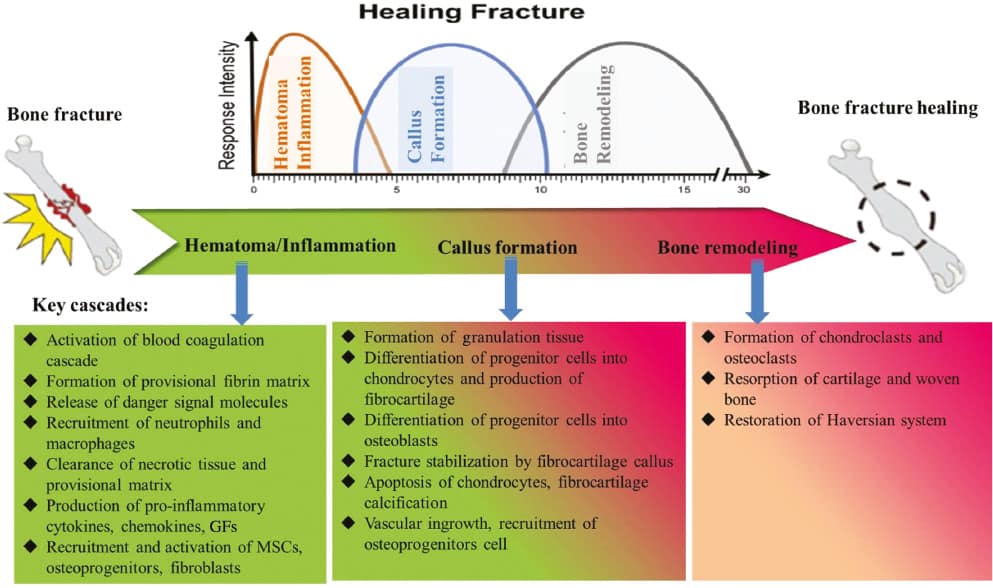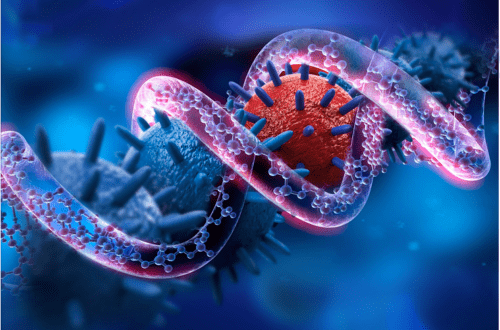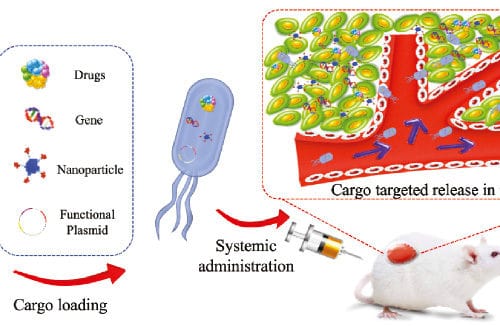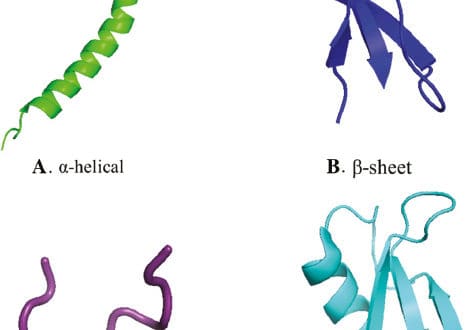
Bioactive Factors-imprinted Scaffold Vehicles for Promoting Bone Healing: The Potential Strategies and the Confronted Challenges for Clinical Production– BIO Integration
Announcing a new article publication for BIO Integration journal. In this review article the authors Peng-Peng Xue, Jian-dong Yuan, Qing Yao, Ying-Zheng Zhao and He-Lin Xu, from Wenzhou Medical University, Wenzhou City, China consider bioactive factors-imprinted scaffold vehicles for promoting bone healing.
Wound repair of bone is a complicated multistep process orchestrated by inflammation, angiogenesis, callus formation, and bone remodeling. Many bioactive factors (BFs) including cytokine and growth factors (GFs) have previously been reported to be involved in regulating wound healing of bone and some exogenous BFs such as bone morphogenetic proteins (BMPs) were proven to be helpful for improving bone healing. In this regard, the BFs reported for boosting bone repair were initially categorized according to their regulatory mechanisms.
In this review article the authors outline the challenges, including short half-life, poor stability, and rapid enzyme degradation and deactivation, for these exogenous BFs in bone healing. For these issues, BFs-imprinted scaffold vehicles have recently been reported to promote the stability of BFs and enhance their half-life in vivo.
The authors focus on the incorporation of BFs into the modulated biomaterials with various forms of bone tissue engineering applications: firstly, rigid bone graft substitutes (BGSs) were used to imprint BFs for large scale bone defect repair; secondly, the soft sponge-like scaffold carrying BFs are discussed as filling materials for the cavity of bone defects; thirdly, various injectable vehicles including hydrogel, nanoparticles, and microspheres for the delivery of BFs were also introduced for irregular bone fracture repair. Challenges for BFs-imprinted scaffold vehicles are also analyzed.
Article reference: Bioactive Factors-imprinted Scaffold Vehicles for Promoting Bone Healing: The Potential Strategies and the Confronted Challenges for Clinical Production, P. Xue, J. Yuan, Q. Yao, Y. Zhao and H. Xu. BIO Integration 2020, https://doi.org/10.15212/bioi-2020-0010
BIO Integration is fully open access journal which will allow for the rapid dissemination of multidisciplinary views driving the progress of modern medicine.
As part of its mandate to help bring interesting work and knowledge from around the world to a wider audience, BIOI will actively support authors through open access publishing and through waiving author fees in its first years. Also, publication support for authors whose first language is not English will be offered in areas such as manuscript development, English language editing and artwork assistance.
BIOI is now open for submissions; articles can be submitted online at:
Please visit www.bio-integration.org to learn more about the journal.
Editorial Board: https://bio-integration.org/editorial-board/
BIOI is available on the IngentaConnect platform (https://www.ingentaconnect.com/content/cscript/bioi) and at the BIO Integration website (www.bio-integration.org).
Submissions may be made using OJS (https://bio-integration.org/bioiojs/index.php/bioi/login?source=%2Fbioiojs%2Findex.php%2Fbioi%2Fabout%2Fsubmissions).
There are no author submission or article processing fees.




